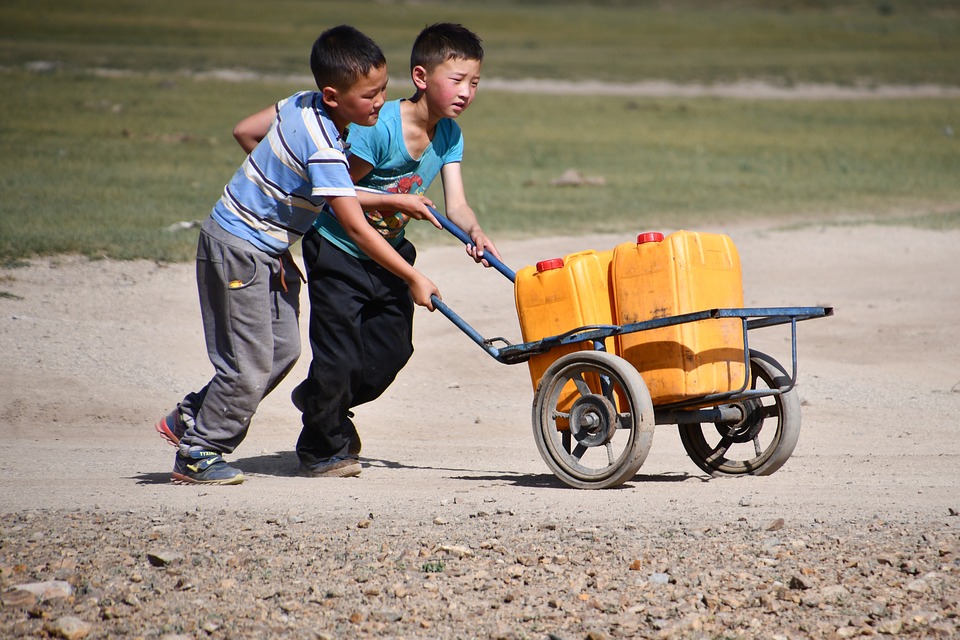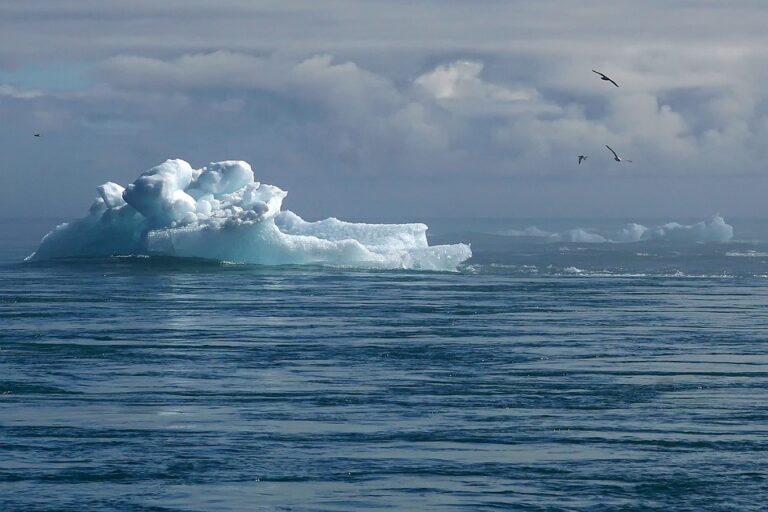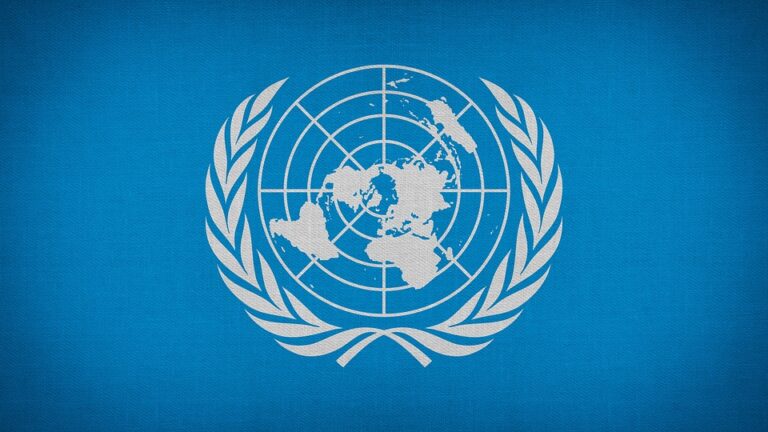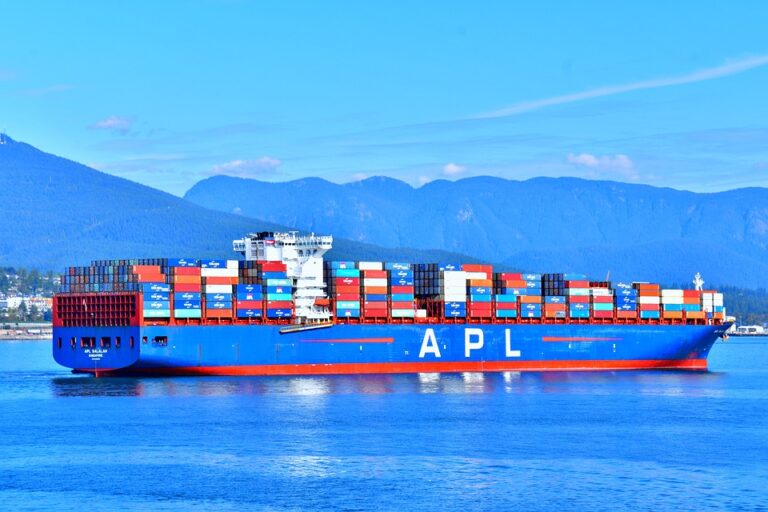Understanding Global Water Scarcity: A Growing Challenge

Water scarcity is an increasingly pressing issue that affects billions of people worldwide. As our planet’s population continues to grow, the demand for fresh water intensifies, while climate change exacerbates the problem by altering precipitation patterns and increasing the frequency of extreme weather events.
The Causes of Water Scarcity
Water scarcity arises from a combination of natural and human-induced factors. Understanding these causes is crucial for developing strategies to mitigate the problem.
Climate Change
Climate change plays a significant role in water scarcity. Rising global temperatures lead to altered rainfall patterns, resulting in prolonged droughts in some regions and intense flooding in others. These changes disrupt water supply systems, making it difficult for communities to access clean, safe water.
Additionally, glaciers and snowpacks, which serve as important freshwater reservoirs, are melting at alarming rates, further reducing available water resources.
Population Growth and Urbanization
The world’s population is expected to reach nearly 10 billion by 2050, placing unprecedented pressure on existing water resources.
Rapid urbanization exacerbates this issue by increasing water demand in cities, often leading to the over-extraction of groundwater. This not only depletes aquifers but also causes land subsidence and affects water quality.
Pollution
Water pollution is another major contributor to scarcity. Industrial discharge, agricultural runoff, and inadequate wastewater treatment contaminate freshwater sources, rendering them unsafe for human consumption and ecosystem health.
This contamination reduces the overall availability of clean water, particularly in developing countries where regulatory oversight is often limited.
The Consequences of Water Scarcity
The impacts of water scarcity are far-reaching, affecting everything from agriculture to public health.
Impact on Agriculture
Agriculture is the largest consumer of freshwater, accounting for approximately 70% of global water withdrawals.
When water becomes scarce, crop yields suffer, leading to food shortages and increased prices. This not only affects farmers’ livelihoods but also poses a significant threat to global food security, particularly in regions already vulnerable to hunger and malnutrition.
Public Health Risks
Access to clean water is fundamental to public health. Water scarcity forces people to rely on unsafe sources, increasing the risk of waterborne diseases such as cholera and dysentery.
Furthermore, inadequate water supply can hinder proper sanitation and hygiene practices, exacerbating the spread of infectious diseases.
Environmental Degradation
Ecosystems also suffer from water scarcity. Rivers, lakes, and wetlands are vital habitats for countless species, but their health is compromised when water is diverted for human use.
This can lead to loss of biodiversity, disruption of natural processes, and degradation of ecosystems that provide critical services, such as water purification and carbon sequestration.
Strategies for Effective Water Resource Management
Addressing global water scarcity requires a multifaceted approach that combines technological innovation, policy reform, and community engagement.
Technological Innovation
Emerging technologies offer promising solutions to water scarcity. Desalination, the process of removing salt from seawater, has the potential to provide a reliable source of freshwater, particularly in coastal regions.
Advances in filtration and purification technologies, such as reverse osmosis and ultraviolet treatment, also enhance the efficiency of water treatment processes, making it easier to reclaim and reuse wastewater.
Policy Reform and Governance
Effective water management requires strong governance and clear policies. Governments must implement regulations that promote sustainable water use, incentivize conservation, and protect water quality.
Integrated Water Resources Management (IWRM) is a holistic approach that considers the interconnectedness of water systems, ensuring that policies address the needs of all stakeholders, including agriculture, industry, and the environment.
Community Engagement and Education
Local communities play a vital role in managing water resources. Empowering individuals with knowledge about water conservation and sustainable practices can lead to significant improvements in water use efficiency.
Educational programs, community workshops, and public awareness campaigns are effective tools for fostering a culture of conservation and encouraging responsible water use.
Inspiring Change: A Path Forward
While the challenges of global water scarcity are daunting, they are not insurmountable. By embracing innovative solutions and fostering collaboration between governments, industries, and communities, we can build a sustainable future where water is accessible to all.
Collaborative Efforts
International cooperation is essential for addressing transboundary water issues and sharing best practices. Organizations such as the United Nations and the World Bank play a crucial role in facilitating dialogue and providing technical and financial support to water-scarce regions.
Collaborative projects, such as the Nile Basin Initiative, demonstrate the potential for countries to work together to manage shared water resources effectively.
Investing in Research and Development
Investing in research and development is key to advancing water management technologies and strategies. Governments and private sector partners must prioritize funding for initiatives that explore new methods of water conservation, purification, and distribution.
By supporting innovative research, we can uncover new solutions to the complex challenges of water scarcity.
Empowering the Next Generation
The future of water resource management depends on the next generation of leaders, scientists, and innovators.
Educational institutions must incorporate water-related topics into their curricula, inspiring students to pursue careers in water management and environmental conservation. By nurturing a new generation of water stewards, we can ensure that sustainable practices are embedded in our society for years to come.
Conclusion: A Call to Action
Global water scarcity is a critical issue that demands immediate attention and action. By understanding the causes and consequences of this problem, and by implementing effective resource management strategies, we can work towards a world where water is abundant and accessible for all.
Let us seize this opportunity to inspire change, embrace innovation, and commit to sustainable practices that protect our planet’s most precious resource for future generations.






